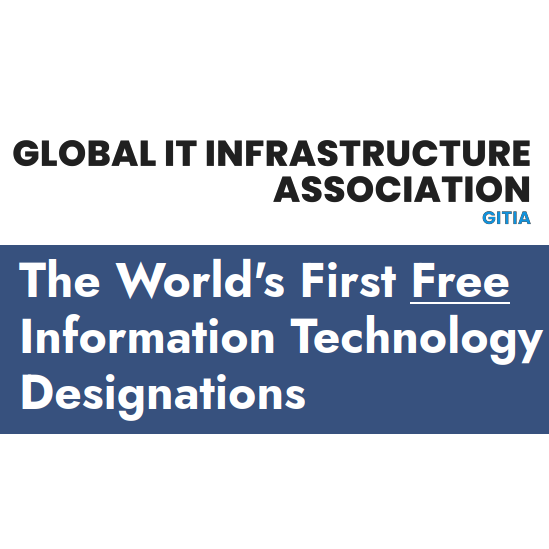The Year of the Linux Desktop: Why 2025 Might Finally Be It
For decades, “The Year of the Linux Desktop” has been both a dream and a running joke in tech circles. But for those of us who have relied on Linux daily for years, it’s never been about waiting — it’s about witnessing continuous evolution. In 2025, Linux on the desktop has matured to a point where it’s not just viable; it’s exceptional.
This isn’t about comparisons or conversions. It’s about celebrating how far Linux has come — and how it’s quietly become one of the most stable, secure, and customizable desktop environments in existence.
A Journey of Steady Progress
Linux didn’t suddenly become great overnight. Its rise on the desktop has been a gradual process — a marathon of refinement rather than a sprint for popularity. Over the years, it’s evolved from a system favored by developers and hobbyists into an operating system capable of handling everything from creative work to enterprise-grade IT management.
Modern Linux distributions now offer sleek, polished interfaces; effortless updates; and compatibility with a staggering range of hardware. The communities behind them have refined every aspect of the user experience — from intuitive software stores to reliable system restore options.
Today, installing Linux is as simple as clicking “Next” a few times. Using it daily feels natural, predictable, and refreshingly under your control.
A Stable Foundation That Just Works
Stability has always been one of Linux’s strongest pillars. For users who depend on their systems for real work — whether that’s development, IT administration, or creative production — reliability isn’t negotiable.
I’ve been using Linux for years, and what stands out most isn’t the flashy features but the quiet consistency. Updates don’t interrupt your workflow, the system doesn’t bog down over time, and you rarely find yourself troubleshooting obscure problems.
Many modern distributions have perfected this experience. Ubuntu, Fedora, Pop!_OS, and Debian-based distros provide long-term stability while keeping software fresh and secure. With rolling-release options like Arch or openSUSE Tumbleweed, even power users get access to the latest technology without sacrificing dependability.
Feature-Rich, Yet Lightweight
One of Linux’s understated strengths is how much it offers without demanding much in return. The desktop environments — KDE Plasma, GNOME, Cinnamon, XFCE, and others — give users the freedom to choose what suits them best.
Want a modern, fluid interface with slick animations and global search? KDE delivers. Prefer simplicity, speed, and minimal resource use? XFCE or LXQt shine. Each environment brings its own philosophy, but they all share one thing: efficiency.
Even on modest hardware, Linux feels responsive and capable. It doesn’t need a high-end workstation to feel premium — and that’s part of its enduring appeal.
Software Freedom and Control
Linux has always represented choice. That freedom extends beyond open-source philosophy; it’s about control over your own environment. You decide how your system looks, behaves, and updates.
Package managers and universal systems like Flatpak, Snap, and AppImage have made installing software effortless. Most of what you need — from professional-grade photo editors to office suites, code IDEs, and multimedia tools — is now readily available through curated repositories.
For those who enjoy tinkering, Linux offers endless customization. For those who don’t, it’s remarkably turnkey. That balance is what makes it special.
Security Without the Stress
Linux’s reputation for security is well-earned. Built on a permission-based architecture and backed by open-source transparency, it provides users confidence without demanding constant babysitting.
Security patches arrive quickly. Vulnerabilities are addressed collaboratively. And with SELinux, AppArmor, and advanced sandboxing technologies built into many distros, your system remains protected by design — not by chance.
For IT professionals and everyday users alike, that sense of trust is liberating.
The Power of Community
Perhaps the most defining feature of Linux isn’t technical at all — it’s cultural. The Linux community is one of the most passionate, knowledgeable, and collaborative groups in technology.
Forums, subreddits, GitHub projects, and online communities thrive with people eager to share fixes, ideas, and advice. Unlike proprietary ecosystems, there’s no gatekeeping here — just a collective spirit of improvement.
Every bug report, code contribution, and shared tutorial strengthens the ecosystem. It’s a living example of what open collaboration can achieve.
2025: The Quiet Arrival
So, has the “Year of the Linux Desktop” finally arrived?
In truth, it’s been here for a while. For many of us, Linux became the best desktop years ago. But in 2025, what’s changed is perception. With more developers, content creators, and professionals embracing it as their primary platform, Linux isn’t the underdog anymore — it’s a respected choice.
The world doesn’t need to declare this the year of the Linux desktop. Those of us who use it already know: it’s been here all along, quietly powering our creativity, our work, and our curiosity.
Final Thoughts
Linux on the desktop isn’t a prediction anymore. It’s a reality — refined, stable, and better than ever. Whether you’re a long-time user or someone considering giving it a try, 2025 is a great time to experience what makes it special.
Because for those who’ve been here all along, every year has been the year of the Linux desktop — and this one is simply the best yet.
#Linux #OpenSource #LinuxDesktop #YearOfTheLinuxDesktop






